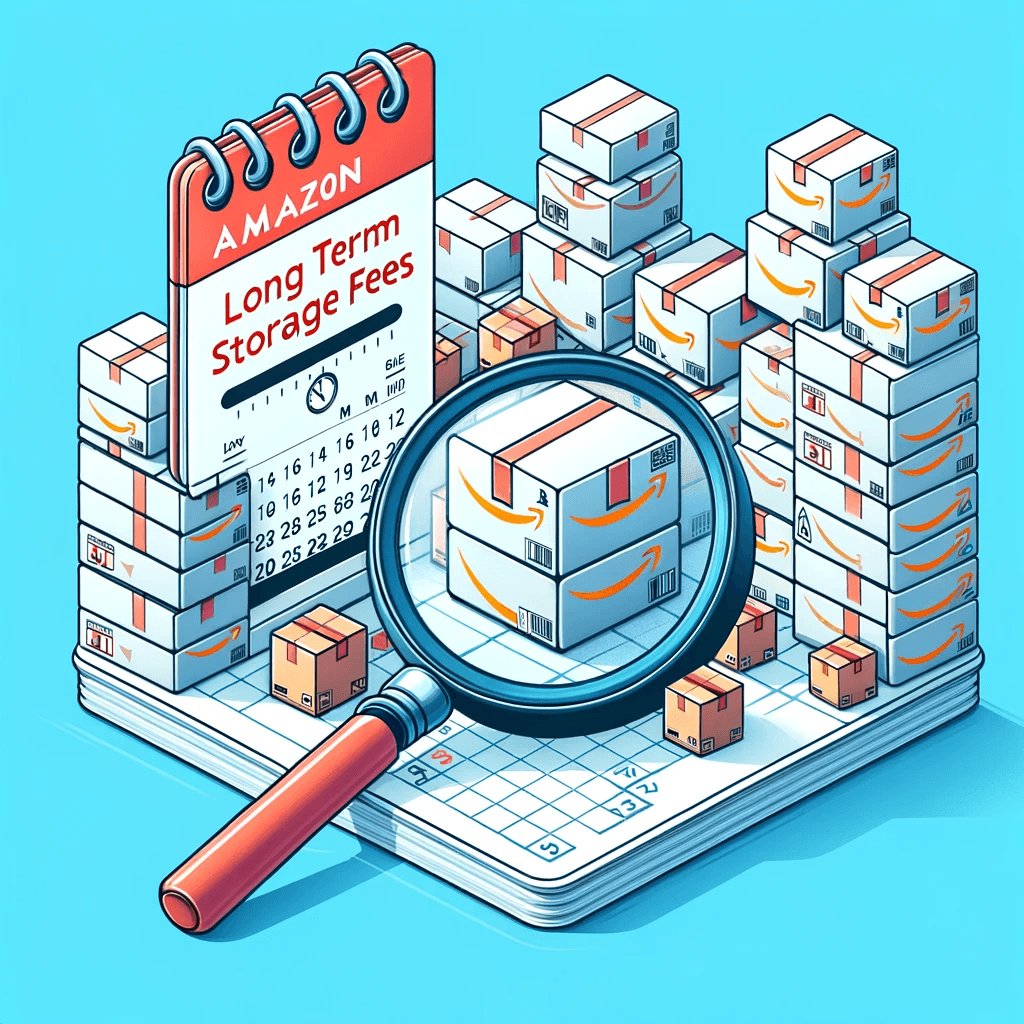How To Avoid Amazon Long Term Storage Fees
Feb 1, 2024

Long-term storage fees on Amazon can significantly undermine your profitability as a seller. With Amazon constantly increasing its long-term storage fees, it's more important than ever to ensure you're not overstocked and that you're not incurring long-term storage fees. Here are some strategies to help you avoid these charges.
Proper Demand Forecasting, Inventory Management, and Avoiding Overstocking
1. Accurate Demand Forecasting and Inventory Management: Utilize historical sales data, market trends, and seasonality to forecast demand accurately. Avoid overordering and overstocking by aligning your inventory levels with anticipated demand.
2. Just-in-Time Inventory: Implement just-in-time inventory practices to minimize excess stock and ensure a steady flow of inventory to meet customer demand. Regularly review inventory levels and adjust replenishment strategies accordingly.
3. Diversify Product Portfolio: Expand your product offerings to include a variety of items with different demand patterns. This spreads your risk across multiple products and reduces the likelihood of excess inventory accumulation.
Increasing Sell-Through Rate
1. Competitive Pricing: Monitor competitor pricing regularly and adjust your prices to remain competitive. Offer discounts, promotions, and bundled deals to incentivize purchases and increase sales velocity.
2. Strategic Promotions: Utilize Amazon's promotional tools, such as Lightning Deals and Coupons, to drive traffic and boost sales. Implement dynamic pricing strategies to adjust prices based on demand and market conditions.
3. Optimize Advertising: Increase your ad spend to boost visibility and sales. Target relevant keywords and audiences to maximize the effectiveness of your advertising campaigns.
Mitigating Long-Term Storage Fees
1. Inventory Age Monitoring: Regularly monitor the age and performance of your inventory to identify slow-moving or obsolete items. Utilize inventory management software to set up alerts for items approaching the long-term storage threshold.
2. Removal and Liquidation Programs: Take advantage of Amazon's removal and liquidation programs to clear out excess inventory. Participate in Free Removal Promotions and explore liquidation options to minimize storage fees.
3. Third-Party Logistics Solutions: Consider partnering with a third-party logistics (3PL) provider to manage inventory outside of Amazon's warehouses. Store inventory in off-site warehouses to reduce reliance on Amazon's facilities and mitigate storage fees.
By following these strategies, sellers can effectively manage their inventory, increase sales velocity, and mitigate the impact of long-term storage fees on their profitability on Amazon.
Having a detailed overview of your stock position in each market you are selling is essential to optimize your supply chain strategy and minimize storage costs. Check out how 3fin can help you visualise your days on hand for each SKU, what percentage of your storage is close to incurring long-term storage fees and the recommended reorder date based on your sales velocity. You can book a demo to see 3fin in action.
Other popular articles
Profits
Amazon's New Reimbursement Policy: What Changes and How To Navigate it
Supply Chain
Navigating the New Tariff Landscape: How Recent Chinese Import Tariffs Are Reshaping Global Trade
Growth
Top 10 Trends and Predictions for Amazon Sellers in 2025
Profits



